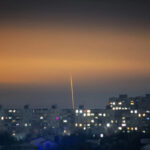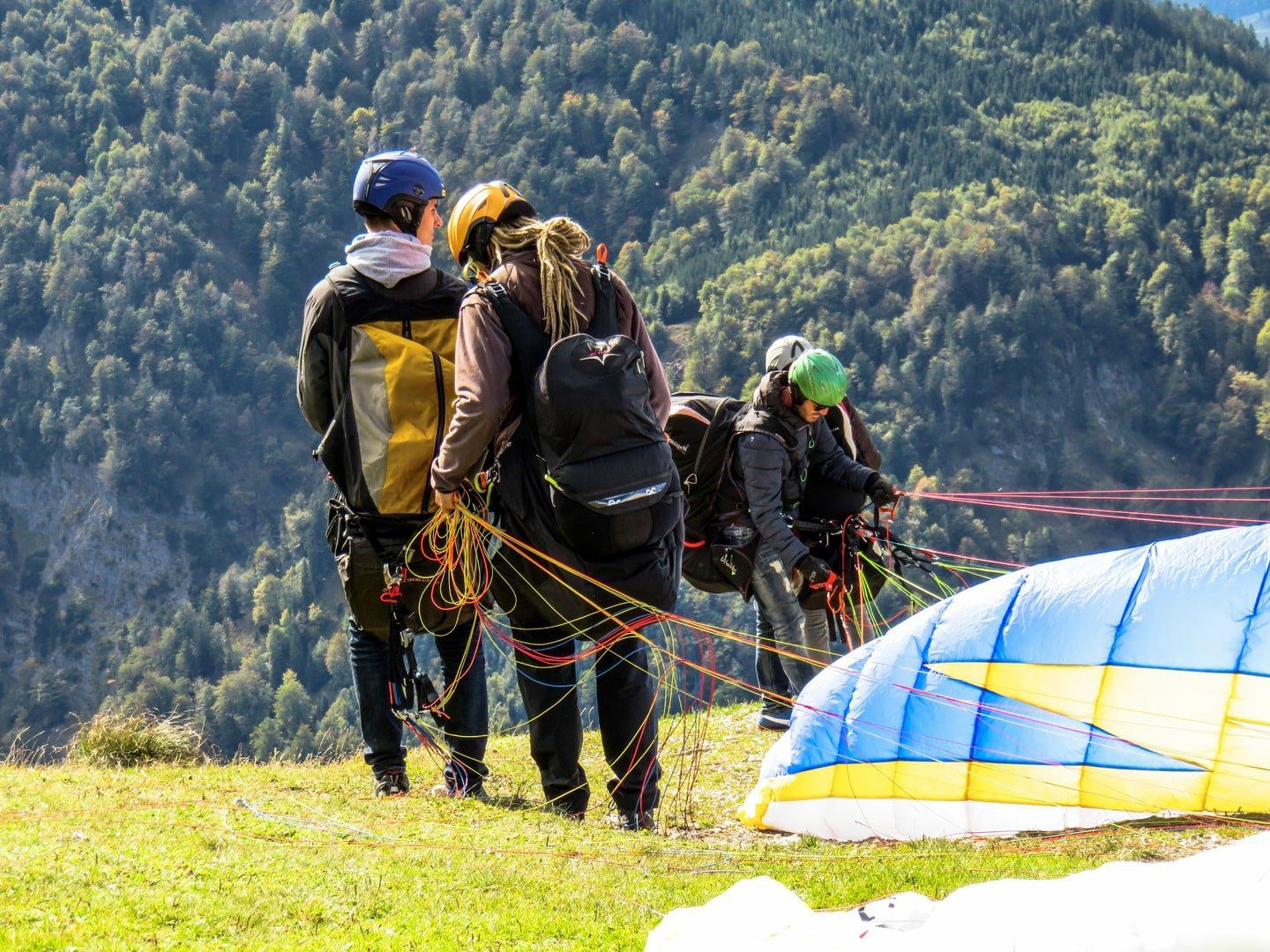
At the Kuzminsky military training range in the Rostov region, two Russian paratroopers lost their lives due to a friendly fire incident during a routine training exercise. The incident unfolded when a ZU-23-2 anti-aircraft gun operator mistakenly identified the training exercises as a natural landing by Ukrainian paratroopers. This critical error resulted in the Russian air defence systems firing upon their own troops.
Rising Instances of Friendly Fire
This event is part of a trend, as friendly fire incidents have become more frequent within the Russian military. Oleksandr Shtupun, spokesperson for Ukraine’s Tavria operational-strategic group, has previously highlighted on national television the impact of fear-induced reactions among Russian troops, leading to incidents of shooting at their own forces.
The root cause of such incidents appears to be poor coordination among military units, as revealed by a Russian soldier in November. The prevalent atmosphere of fear has further exacerbated the situation, with troops reportedly resorting to aggressive actions, including firing upon friendly units and drones.
The incident occurred in the Rostov region, a significant rear staging area for Russia’s military operations. This raises speculations about the broader impact of fear and low morale, suggesting that these issues may have permeated beyond the frontline and into core military bases.
A Russian soldier talks about the combat coordination of the Russians.
Friendly fire.
I didn't notice the regret on his face. Did you? pic.twitter.com/9cC2NZpOev
— Anton Gerashchenko (@Gerashchenko_en) November 3, 2023Historical Context of Friendly Fire Incidents
This incident is not an isolated occurrence. In previous happenings, Russian forces have experienced friendly fire casualties during retreats, with instances of artillery mistakenly targeting their own positions. The incident adds to a growing list of accidents, including the downing of a Russian Su-25 jet in December and a similar incident in September, resulting in casualties and injuries among Russian soldiers.
[adinserter name="Two"]Adding to the list of unanticipated incidents, a Russian jet accidentally bombed the occupied city of Rubizhne in the Luhansk region. The official statement from Leonid Pasichnyk, leader of the so-called Luhansk People’s Republic, downplayed the situation, referring to it as an “unscheduled landing of FAB-250 aviation munitions.” However, the incident raises questions about the precision and control over military operations.
Russian MoD admits its own SU-34 "inadvertently" bombed Russian city of Belgorod, creating a massive crater and damaging residential buildings (says no civilian casualties) pic.twitter.com/8AnVEYioCl
— Christo Grozev (@christogrozev) April 21, 2023Continued Euphemistic Reporting by Russian Authorities
Russian authorities have maintained a trend of reporting such incidents in euphemistic terms, downplaying the severity of the situations. This includes incidents in Petropavlovsk and Belgorod, where accidental discharges of aircraft ammunition caused damage to residential areas.
[adinserter name="Three"]The conflict’s impact has reached the city of Belgorod, prompting authorities to evacuate approximately 300 residents following deadly strikes. The evacuation reflects the escalating tensions and the proximity of the Ukraine conflict to Russian territories.
[adinserter name="Four"]Conclusion
The incident at the Kuzminsky military training range adds to a series of unfortunate events, shedding light on the challenges faced by the Russian military, including poor coordination, fear-induced actions, and the grim reality of friendly fire incidents.
[adinserter name="Five"]Frequently Asked Questions (FAQs)
-
What exactly happened at the Kuzminsky military training range?
During a routine training exercise, a friendly fire incident occurred at the Kuzminsky military training range in the Rostov region. Two Russian paratroopers lost their lives when an operator of the ZU-23-2 anti-aircraft gun mistakenly identified the exercises as a real landing by Ukrainian paratroopers, leading to the firing upon their own troops.
-
Are friendly fire incidents common in the Russian military?
Friendly fire incidents have become more frequent within the Russian military. Poor coordination among military units, coupled with fear-induced reactions among Russian troops, has contributed to a concerning trend of incidents, including shooting at friendly units and drones.
-
How has fear and low morale impacted Russian military operations beyond the frontline?
The incident at the Kuzminsky training range, located in the rear staging area for Russia’s military operations, raises concerns about the broader impact of fear and low morale. It suggests that these issues may have permeated beyond the frontline and into core military bases, impacting coordination and operational effectiveness.
-
What are the broader implications of euphemistic reporting by Russian authorities on such incidents?
Russian authorities have consistently reported such incidents in euphemistic terms, downplaying their severity. This trend raises questions about transparency and control over military operations. The use of euphemisms in reporting, as seen in incidents like the accidental bombing in Rubizhne, may contribute to a lack of clarity and accountability in the public discourse surrounding these events.






